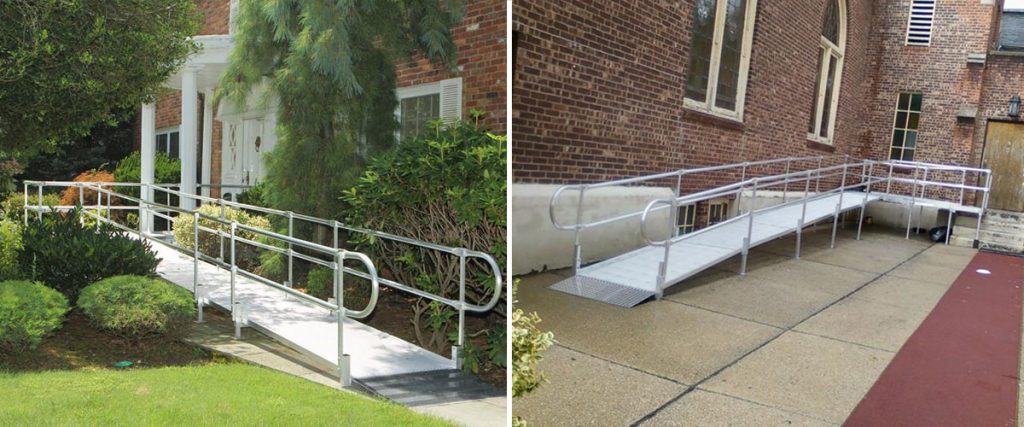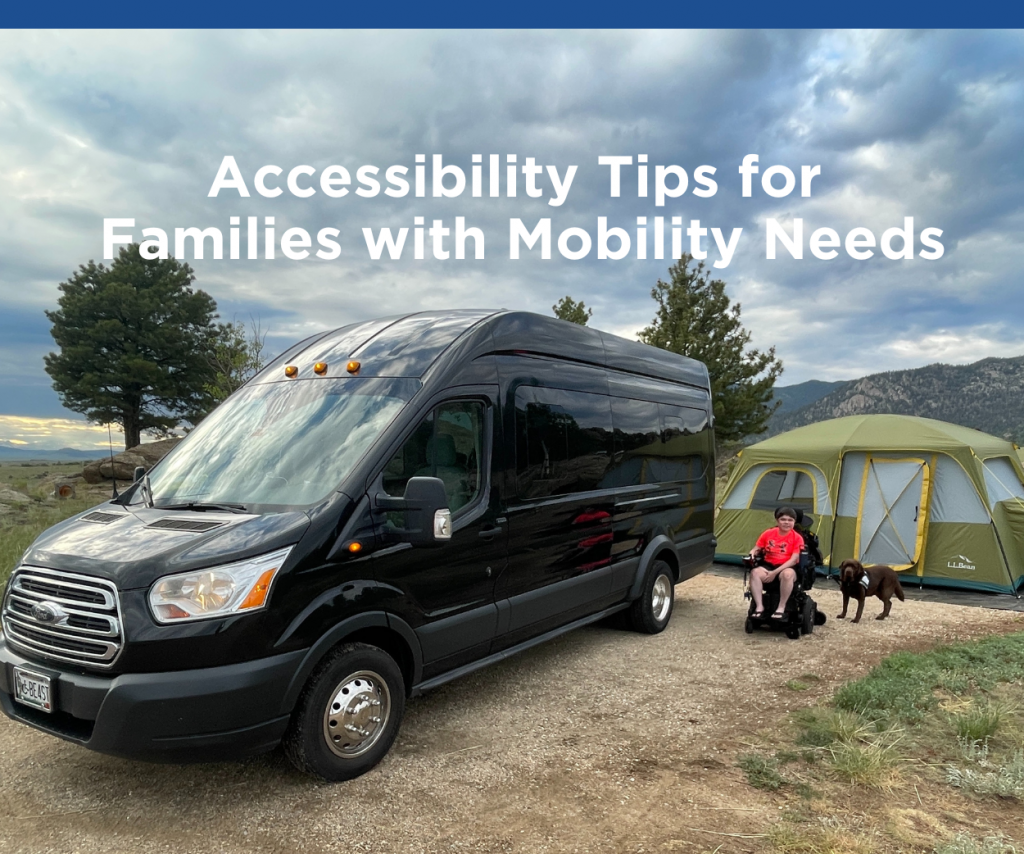How to Winterize Your Wheelchair Ramp – Tips

Cold winter months have their own beauty with ice and snow all around. It is indeed a beautiful sight when the snow first falls, or you see evergreen trees almost frozen in time. But snow fall, freezing rain, icy sidewalks and pathways can create an unsafe environment for everyone, especially for those with mobility issues. There is increased risk of injury due to cold temperatures, ice or snow. According to the Centers for Disease Control and Prevention (CDC, 2017 statistics), 1 million Americans get injured due to slip and falls annually. In fact, the risk of slip and fall injuries increases dramatically during the winter months. Reported winter induced accidents include – wheelchair users getting stuck in the snow, difficulty ascending inclines/ramps, frozen wheelchair/scooter batteries, slipping on the ice and cold hands while using controls or pushing rims.
As we approach the cold weather months, it is extremely important for wheelchair or mobility scooter users to take extra precautions to winterize their wheelchair ramps. Wheelchair ramp safety is an issue of prominence. The risk of slipping while traveling on a wheel chair ramp during winter is always high. Buildup of snow and ice in the winter can make movement on wheelchair ramps difficult and slippery. The wheels on a wheelchair can be slick in the winter weather, causing them to move faster.
Here are a few ramp safety tips you can consider to stay safe during this winter –
- Clear ramp sidewalks – Ramp sidewalks/pathways can be problematic due to extreme snow fall. Keep your ramp sidewalks and pathways clear of snow by using a thick bristled push broom or plastic snow shovel.
- Avoid metal shovels – During thick winter, you are likely to notice several inches of snow. In most cases, the same metal shovel used to clear the driveway will be used. It is best to avoid metal shovels as the metal-on-metal effect can dent or scrape your ramp (especially a aluminum wheelchair ramp), leaving damage long after the snow is gone. For light snow, it is better to use a broom or a leaf blower. On the other hand, for heavier snow, a plastic shovel can be a better choice.
- Use Ice Melt – There are several de-icer chemical substances which can be used in temperatures as low as zero degrees Fahrenheit. Make sure you choose a bon-corrosive ice melt substance. However, if you are unsure whether an ice melt is corrosive, select a formula that is safe for pets. Be careful while using salt to remove ice as salt can have a corrosive effect on metals like aluminum, causing them to rust thereby shortening their life span.
- Consider powder coating – Optional powder coating will add a extra layer of protection from corrosive materials. It also allows you to choose from a variety of colors including black, bronze, or tan.
- Know your ramp surface – Some surfaces like wood and aluminum in particular can be extra slippery during wet and icy weather. Use traction paint or strips (as they have a rough grippy surface much like sandpaper) to prevent slipping. In addition, substances such as cat litter, sand and ashes can also give some traction on slippery ramps. Make sure you stock up on these products if weather reports indicate there may be snow or ice.
- Snow tires – Generally, people think of snow tires in cars and SUVs. But, mobility devices need snow tires too. Consult with the repair service to have snow tires installed on your wheelchair or mobility scooter. Pneumatic tires on a wheelchair or scooter will allow it to grip slippery services more easily.
Wheelchair or mobility scooter users must exercise extra caution while using ramps in the winter months. The grooves on an aluminum ramp can help slow wheels to an extent, but it is still important to winterize your wheelchair ramp. Following the above mentioned tips can help wheelchair users stay safe while using ramps during winter time.
Related Articles
Camping Made Possible
Depending on what climate you live in, late fall to early spring can be the perfect time to squeeze in a camping trip, and the…
Last Minute Holiday Gift Guide for People with Disabilities
Looking for the perfect last minute gift for someone who uses mobility equipment? Our holiday gift guide has you covered! The holiday season is here,…
Making a Home Safe for Seniors
Did you know that 55% of all senior fall injuries happen inside their house?* As people age, they often lose some level of mobility, strength,…


